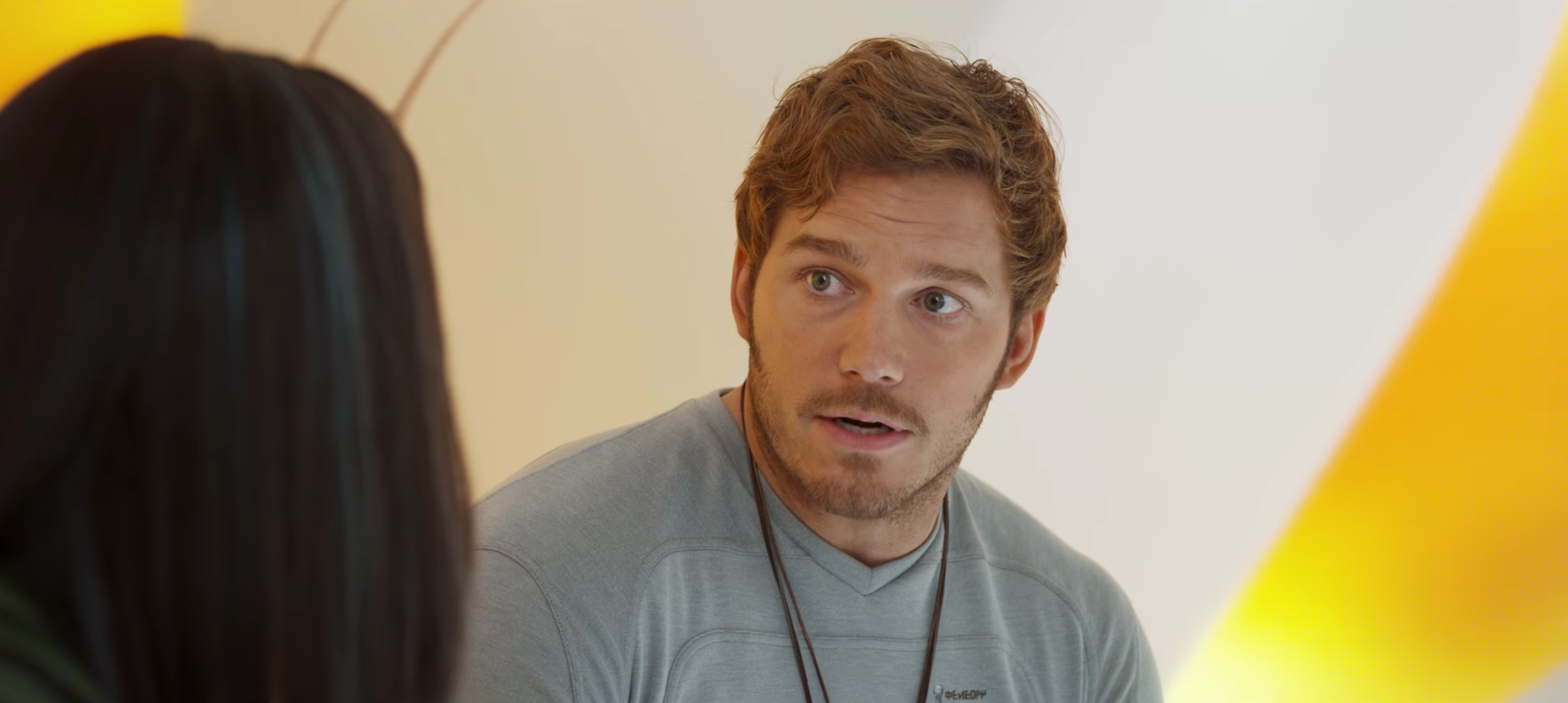There are two main ways to approach the Marvel franchise: through its comics, or through its movies. And although the latter are based off the former, it’s clear the films are bringing the company the most popularity. Guardians of the Galaxy Vol. 2, Spider-Man: Homecoming and Thor: Ragnarok have been some of the most highly anticipated movies of 2017, and that’s not even mentioning the success Marvel Studios has had in the past with films such as Iron Man, The Avengers or Captain America: The Winter Soldier.
I became involved with the Marvel universe primarily through its movies. Iron Man and Captain America: The First Avenger piqued my interest in the beginning; they were fun movies that were entertaining to watch, but didn’t totally make me the dedicated fan I consider myself to be today. That all changed with The Avengers. I absolutely fell in love — broadly with the Marvel universe, but more specifically with Black Widow. She was the first Marvel character I felt a genuine connection with, and I craved to learn more about her.
It was at this time that I began seeking out the comics. I tore through Nathan Edmondson and Phil Noto’s Black Widow: The Finely Woven Thread, along with a couple of Hawkeye, Captain Marvel and Winter Soldier comics. During this time, more Marvel films were being released, expanding the movie universe in seemingly endless directions. The more time I spent in comic book shops, however, the more I noticed one significant difference between the books and the movies: As Marvel comics seemed to be continuously getting more diverse, the movies weren’t growing to represent that diversity.
I’ll admit, I originally wrote this off as being too nitpicky. I didn’t want to think that the movies I had grown to love weren’t inclusive of all types of heroes. It honestly wasn’t until I sat through Guardians of the Galaxy Vol. 2 that I accepted what I’m sure many people before me have recognized — Marvel movies have a major diversity problem.
What’s interesting to me about this predicament is that the comics don’t necessarily have this issue. Within the past couple of years, there’s been a major shift in the type of hero people are seeing on the cover of Marvel’s comics. In 2014, Kamala Khan, a 16-year-old Pakistani-American girl, became Ms. Marvel; she was the first Muslim character to star at the center of a comic book series. In 2015, Amadeus Cho, an Asian-American mastermind, took over the form of The Hulk from Bruce Banner. And just last year, Marvel announced that Riri Williams, a 15-year-old black student at MIT, would walk in Tony Stark’s footsteps as the new iron superhero, Ironheart.
On the flip side, of course, are the movies. Out of the 14 live-action Marvel movies that have come out since Iron Man, each has been predominantly led by a white, straight, cisgender man. Some supporting characters that don’t fit this mold — Sam Wilson, Gamora and Black Widow being examples — but none of these characters would ever be considered the lead of the movies they appear in. For that matter, the only two live-action movies currently slated for production that feature a different type of lead are Black Panther and Captain Marvel, which isn’t nearly enough of an effort to make up for lost time.
So why is it important for Marvel to make more of an effort to include diversity in its movies? For one, on an incredibly basic level, its films are definitely starting to become a little repetitive. This trend was most noticeable to me in the latest Guardians of the Galaxy movie, where I couldn’t help but wonder when the last time I’d sit through a movie watching a white guy named Chris save the world would be. Sure, they all have their respective squads to back them up, but even in those, there’s usually only one or two women or people of color present. And when they are there, they are never given the task of being the “main” hero; they’re never responsible for the final push toward victory. They help, of course, as part of the team, but the main struggle almost always resides with the white man.
Yet while an interesting storyline is important, the main reason Marvel needs to start including more diversity is simple authenticity. As crazy as it seems, white men aren’t the only people in this world who have stories worth telling. And although Marvel is a company that strictly deals with the fantastical, superhero genre, it’s already proven it’s capable of sharing different stories within its comics. By adapting these stories to fit on the big screen, it would be reaching out to a whole new set of people who may not have connected with the franchise before.
Marvel movies are widely popular with the general public, not just within specific comic book niches. Because of this, and to accurately and authentically reflect its audience, the company needs to include a larger variety of stories. By failing to do so, what the company is ultimately saying — whether it’s intentional or not — is that these stories don’t matter, that the story of a 16-year-old Pakistani-American superhero just isn’t as important as Captain America saving the day for the third movie in a row.
Marvel is a multi-billion dollar company that specializes in storytelling. It’s proven it can expand its repertoire to include characters of all different backgrounds in its comic books. But for the company to really connect with and respect its audience, it needs to start doing the same with its films.



